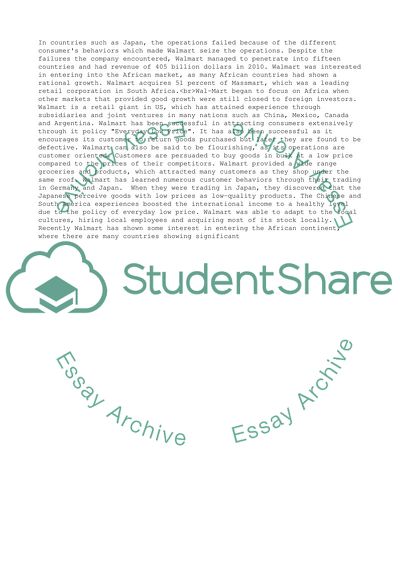Cite this document
(“Walmart's expansion in Africa : A new exploration Strategy case Study”, n.d.)
Retrieved from https://studentshare.org/management/1695029-walmartaposs-expansion-in-africa-a-new-exploration-strategy-case
Retrieved from https://studentshare.org/management/1695029-walmartaposs-expansion-in-africa-a-new-exploration-strategy-case
(Walmart'S Expansion in Africa : A New Exploration Strategy Case Study)
https://studentshare.org/management/1695029-walmartaposs-expansion-in-africa-a-new-exploration-strategy-case.
https://studentshare.org/management/1695029-walmartaposs-expansion-in-africa-a-new-exploration-strategy-case.
“Walmart'S Expansion in Africa : A New Exploration Strategy Case Study”, n.d. https://studentshare.org/management/1695029-walmartaposs-expansion-in-africa-a-new-exploration-strategy-case.


